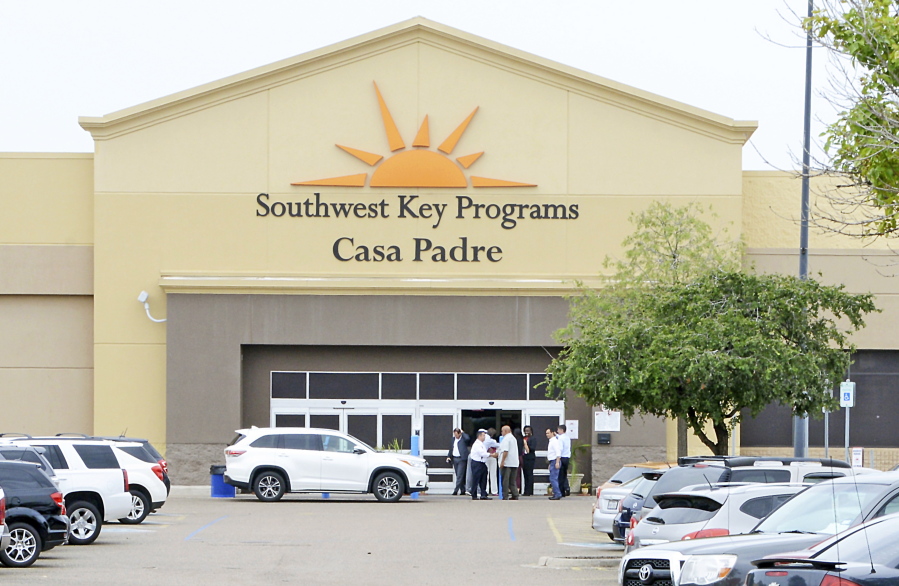SAN ANTONIO — Detaining immigrant children has morphed into a surging industry in the U.S. that now reaps $1 billion annually — a tenfold increase over the past decade, an Associated Press analysis finds.
Health and Human Services grants for shelters, foster care and other child welfare services for detained unaccompanied and separated children soared from $74.5 million in 2007 to $958 million in 2017. The agency is also reviewing a new round of proposals amid a growing effort by the White House to keep immigrant children in government custody.
Currently, more than 11,800 children, from a few months old to 17, are housed in nearly 90 facilities in 15 states — Arizona, California, Connecticut, Florida, Illinois, Kansas, Maryland, Michigan, New Jersey, New York, Oregon, Pennsylvania, Texas, Virginia and Washington.
They are being held while their parents await immigration proceedings or, if the children arrived unaccompanied, are reviewed for possible asylum themselves.
In May, the agency issued requests for bids for five projects that could total more than $500 million for beds, foster and therapeutic care, and “secure care,” which means employing guards. More contracts are expected to come up for bids in October.
HHS spokesman Kenneth Wolfe said the agency will award bids “based on the number of beds needed to provide appropriate care for minors in the program.”
The agency’s current facilities include locations for what the Trump administration calls “tender age” children, typically under 5. Three shelters in Texas have been designated for toddlers and infants. Others — including in tents in Tornillo, Texas, and a tent-and-building temporary shelter in Homestead, Fla. — are housing older teens.
Over the past decade, by far the largest recipients of taxpayer money have been Southwest Key and Baptist Child & Family Services, AP’s analysis shows. From 2008 to date, Southwest Key has received $1.39 billion in grant funding to operate shelters; Baptist Child & Family Services has received $942 million.
A Texas-based organization called International Educational Services also was a big recipient, landing more than $72 million in the last fiscal year before folding amid a series of complaints about the conditions in its shelters.
The recipients of the money run the gamut from nonprofits, religious organizations and for-profit entities. The organizations originally concentrated on housing and detaining at-risk youth, but shifted their focus to immigrants when tens of thousands of Central American children started arriving at the U.S.-Mexico border in recent years.
They are essentially government contractors for the Health and Human Services Department — the federal agency that administers the program keeping immigrant children in custody.
Organizations like Southwest Key insist that the children are well cared for and that the vast sums of money they receive are necessary to house, transport, educate and provide medical care for thousands of children while complying with government regulations and court orders.



